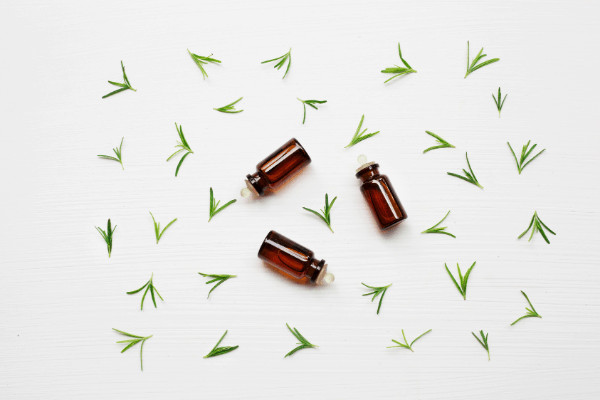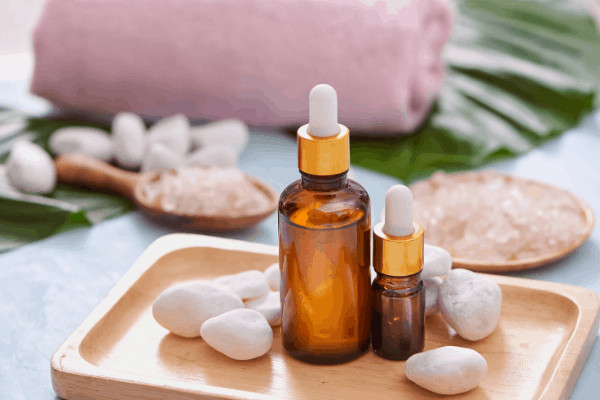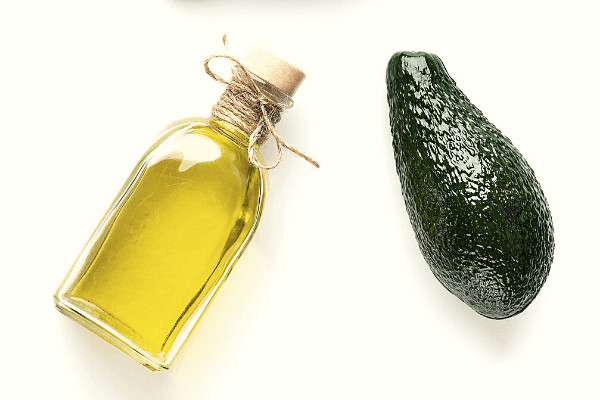Frizzy hair can feel like an unsolvable mystery. One day your hair looks smooth and sleek, the next it’s a cloud of chaos. Sound familiar? Let’s break it down. What causes frizz, and more importantly, what can you do about it? Stick around, and we’ll explore everything from environmental factors to your haircare routine. By the end, you’ll know how to handle frizz like a pro.
The Science of Frizz
First things first: what actually makes hair frizzy? Frizz happens when your hair’s outer layer (the cuticle) opens up, letting moisture from the air seep in. This extra moisture swells the strands, creating that rough, puffy look we know as frizz. Certain hair types are naturally more prone to frizz, especially if your hair is curly, wavy, or damaged.
But frizz isn’t always just about humidity. It can also be a sign of dehydration, friction, or even how you’ve styled (or not styled) your hair. Recognizing the root cause is key to tackling the problem.
Common Causes of Frizz (and How to Address Them)
1. Humidity Overload
Let’s face it: humidity is frizz’s best friend. When the air is full of moisture, your hair will absorb it—especially if it’s already dry. The solution? Lock in your hair’s hydration. Using anti-humidity products like serums or sprays creates a barrier to keep unwanted moisture out.
2. Dry Hair
Dry hair is practically an invitation for frizz. If your strands lack moisture, they’ll try to pull it from the air instead. To combat dryness, look for hydrating shampoos and conditioners with ingredients like glycerin or hyaluronic acid. Weekly deep-conditioning treatments can also work wonders.
3. Heat Damage
Regularly using hot tools like straighteners or curling irons can fry your hair, leaving it brittle and prone to frizz. If you can’t part with your heat styling, at least use a heat protectant and keep the temperature moderate. Better yet, explore heat-free styling options like braiding damp hair for natural waves.
4. Rough Handling
Believe it or not, how you towel-dry or brush your hair matters. Rubbing your hair aggressively with a towel can lift the cuticle and create frizz. Switch to a microfiber towel or even an old T-shirt and pat your hair dry instead. When it comes to brushing, stick to wide-tooth combs or detangling brushes designed to minimize breakage.
5. The Wrong Products
Using shampoos with harsh sulfates or alcohol-based styling products can strip your hair of natural oils, making frizz worse. Check your labels! Aim for nourishing formulas that support your hair’s health rather than drying it out.
Taming the Frizz: Your Go-To Solutions
If you’ve been nodding along to the above, you’re probably wondering what you can actually do to keep frizz under control. Here’s where to start:
- Moisturize Regularly – Hydrated hair is happy hair. Use leave-in conditioners or oils like argan or coconut to keep strands smooth.
- Sleep Smart – A silk or satin pillowcase can make a world of difference. Unlike cotton, these fabrics reduce friction and keep your hair looking sleek.
- Don’t Skip Trims – Split ends lead to frizz, so regular trims are essential for keeping your hair manageable.
- Style with Intention – Look for anti-frizz stylers like smoothing creams or serums, and apply them while your hair is damp for maximum effect.
- Consider Professional Help – For long-term solutions, salon treatments like keratin or smoothing treatments might be worth exploring.
And if you’re searching for a more targeted solution, you might want to explore options like professional hair treatment in Singapore for expert-level care tailored to your needs. This is the best way to ensure your hair gets the best treatment based on your specific requirements, and you’ll also get some great tips and products to use in the future.
Debunking Frizz Myths
There are plenty of misconceptions out there about frizz. Let’s clear up a few:
Myth 1: Frizz only affects curly hair. False. While curly and wavy hair is more susceptible, straight hair can frizz too, especially if it’s damaged or dry.
Myth 2: Oily hair doesn’t get frizzy. Not quite. Even if your scalp produces oil, your hair’s ends can still be dry and prone to frizz.
Myth 3: You need expensive products to fight frizz. Not necessarily! Many drugstore products work just as well as high-end ones. The key is to choose the right ingredients.
Myth 4: Frizz means your hair is unhealthy. Not always. Frizz can happen to healthy hair too, especially in humid conditions or after using certain styling techniques.
Building a Frizz-Proof Routine
Ready to create a routine that works for you? Start with the basics:
- Gentle Cleansing – Use a sulfate-free shampoo to avoid stripping your hair.
- Condition Every Time – Never skip conditioner, and focus on your ends for extra moisture.
- Protective Styling – Styles like braids or buns can shield your hair from environmental factors.
- Hydrate, Hydrate, Hydrate – Whether it’s through masks, oils, or leave-ins, keep your hair nourished.
- Finish Strong – Use a smoothing serum or spray to seal your cuticle and lock in your style.
Remember, consistency is key. Frizz control doesn’t happen overnight, but with time and the right products, you’ll see results.
Smooth Hair Days Ahead
Frizz doesn’t have to be a lifelong struggle. By understanding what causes it and adopting a few smart habits, you’ll be well on your way to smoother, more manageable hair. Whether it’s tweaking your routine, upgrading your products, or seeking professional care, the solutions are within reach. Your hair deserves it, and so do you.





